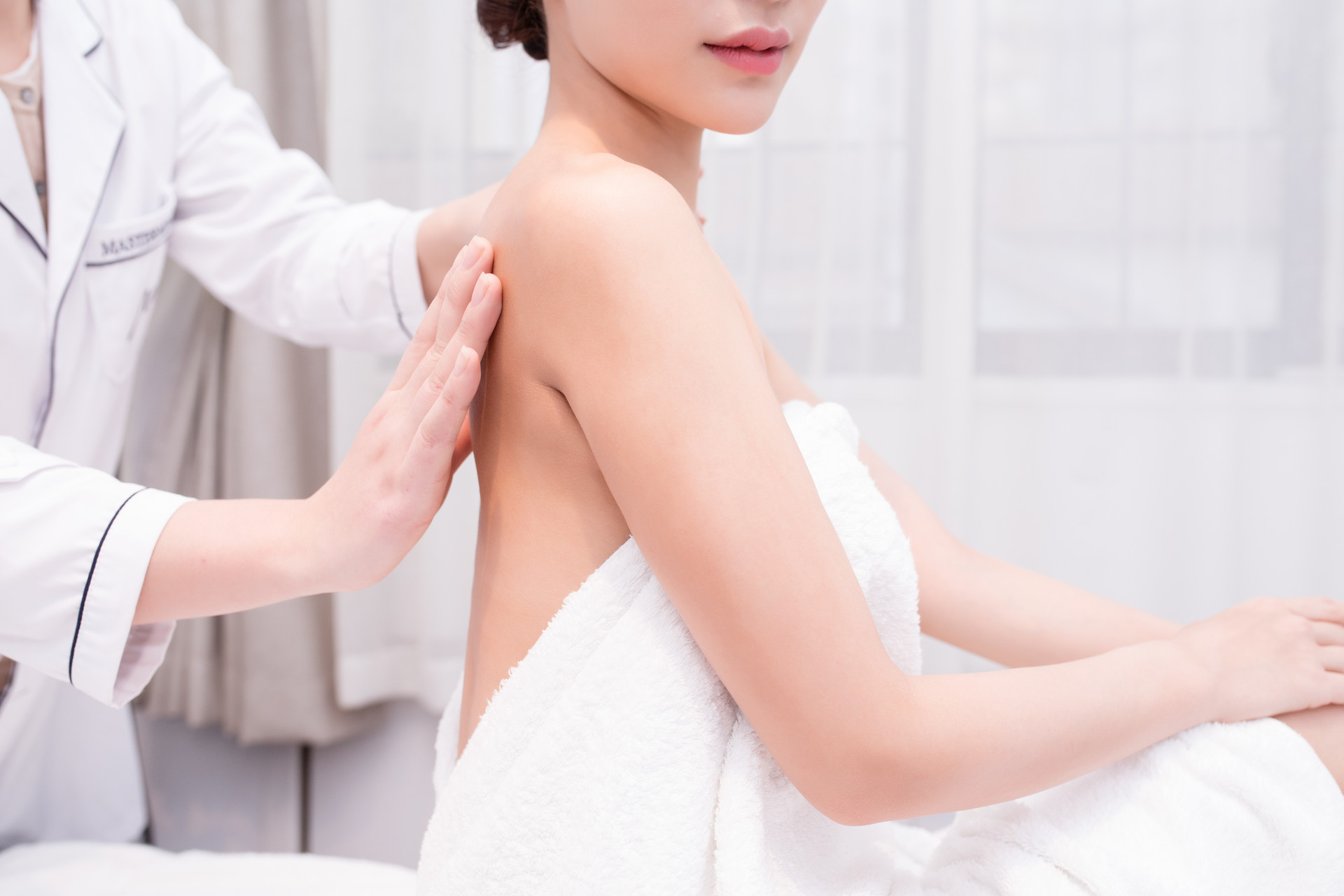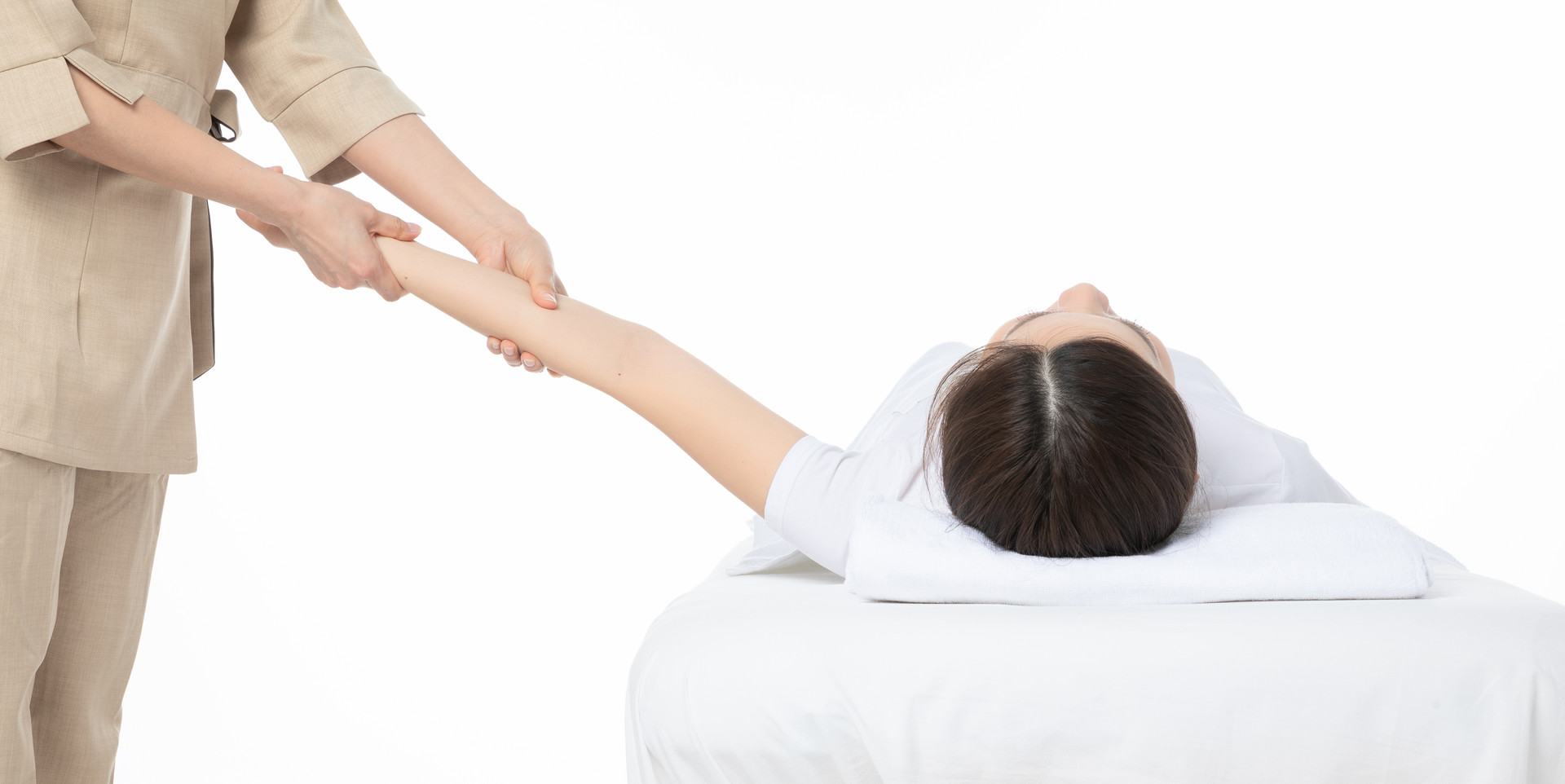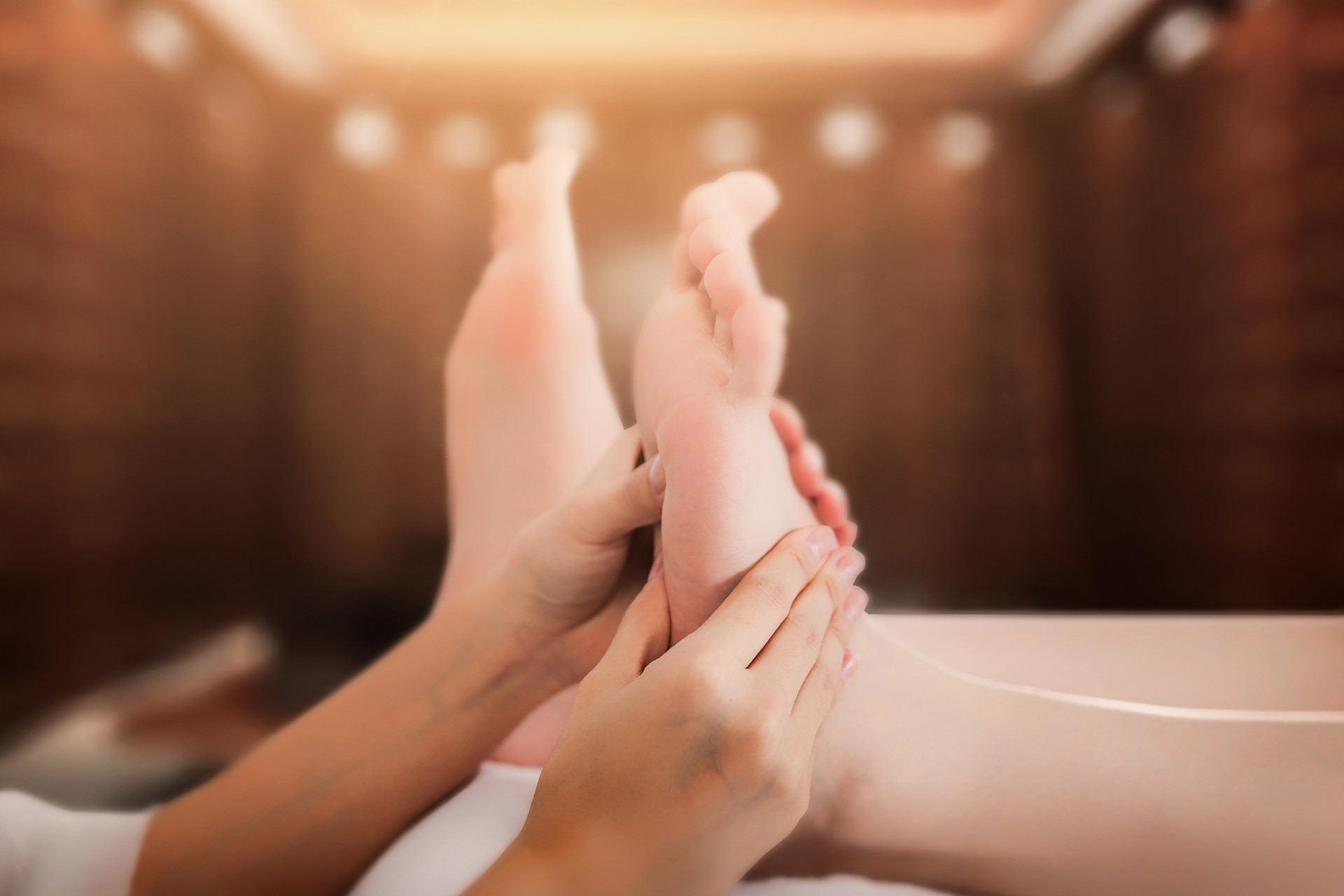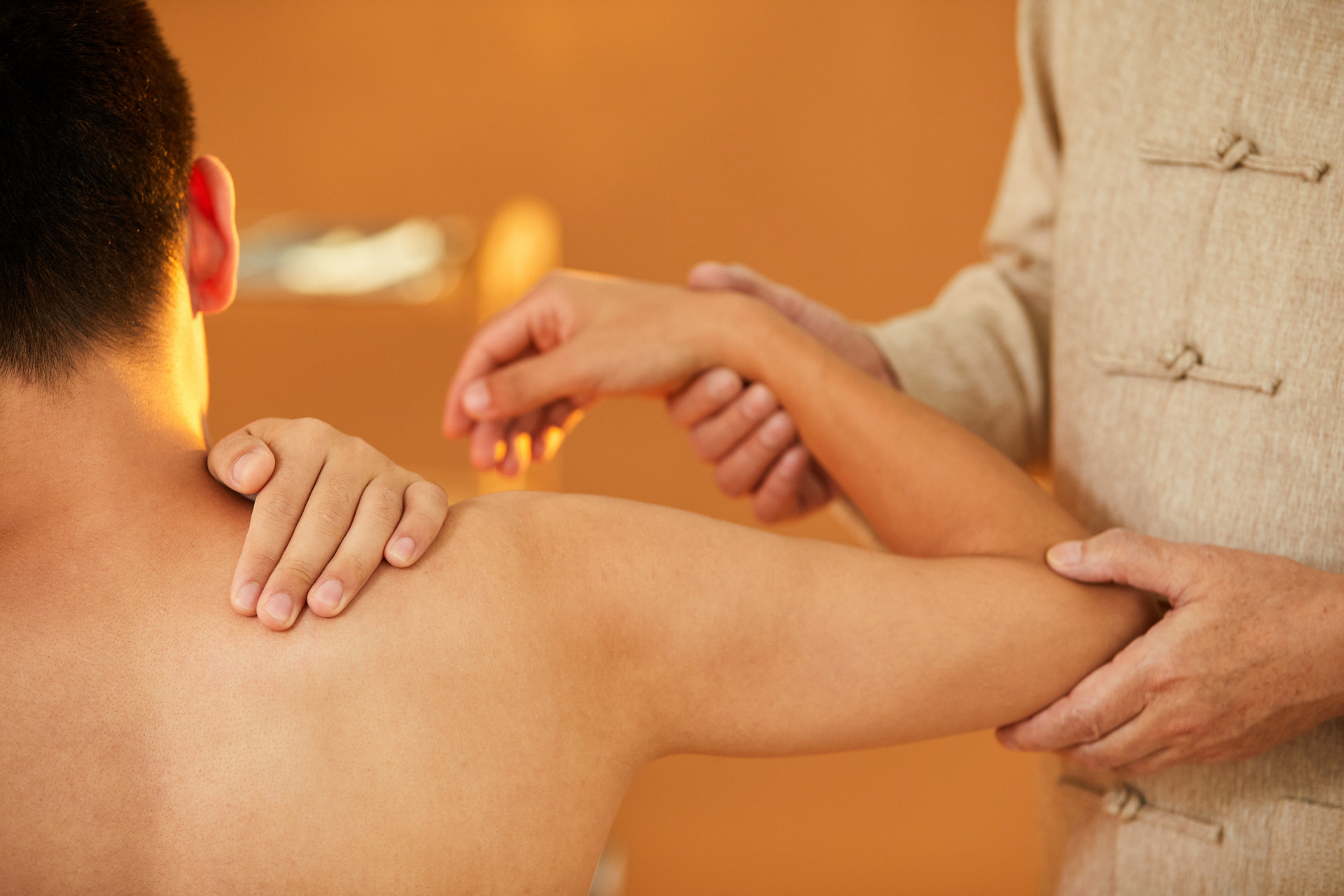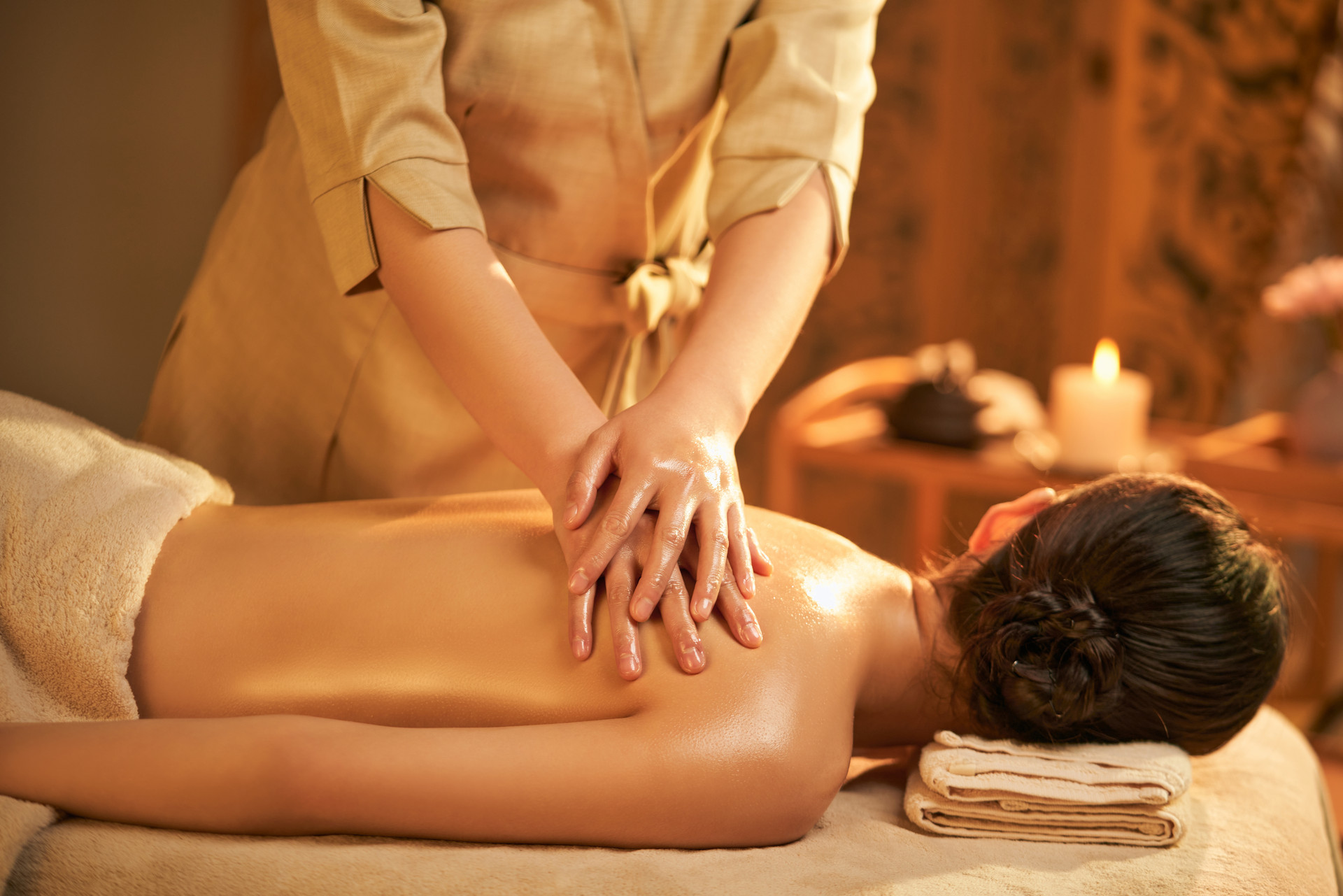Today, pediatric massage, as a method of external treatment in traditional Chinese medicine, has entered people's field of view. Many mothers will give their children pediatric massage. However, many mothers have questions: Is pediatric massage good? Are there any side effects? Let me explain in detail.
What is Pediatric Massage
Pediatric massage, also known as "child massage," is a form of external treatment in traditional Chinese medicine guided by the basic theories of pediatric medicine and TCM massage. It uses specific techniques on specific acupoints or areas of the child's body to prevent and treat diseases. It has the functions of promoting intelligence, improving appetite, promoting growth, and enhancing immune function. This method is suitable for children from newborns to 14 years old. Generally, there are slight differences in techniques after the age of 3.
Children have weak resistance and poor self-regulation ability, making them prone to illness, and the progression of the disease is rapid. However, children are relatively pure, and the causes of most diseases are cold and heat imbalance, dietary irregularities, abnormal development, or damage from external pathogens. The diseases they suffer from are relatively simple. Children have clear and agile organ qi, which responds quickly. Although their organs are weak, their qi and blood react sensitively. Their organs have strong development, regeneration, and repair abilities. As long as they are properly cared for, they generally recover quickly.
The Benefits of Pediatric Massage
Massage directly manipulates the body using techniques and regulates gastrointestinal peristalsis, improves blood circulation in the gastrointestinal tract, promotes lymphatic reflux, accelerates the secretion of digestive fluids, enzymes, and antibodies, helps dissipate inflammation, and facilitates tissue repair. The effects of pediatric massage can be summarized as balancing yin and yang, harmonizing organs, dredging meridians, promoting qi circulation and blood circulation, and strengthening the body while eliminating pathogenic factors.
Acupoints are the most important points on the meridians. By stimulating the acupoints, the regulation of meridians, qi, and blood balance can be achieved. When the body's original qi is sufficient, it can resist pathogenic factors, thus reducing the chance of getting sick. Practice has proven that pediatric massage does enhance children's immune function. At the same time, it can ensure that children have sufficient qi and blood, a balanced diet, and a good appetite.
If a child is ill, massaging a specific part of their body can produce corresponding physiological changes in the organs through the connection of meridians, thus achieving the effect of treating the disease. Pediatric massage has a wide range of applications and has a good therapeutic effect on various common diseases such as fever, cold, cough, asthma, drooling, abdominal pain, diarrhea, constipation, loss of appetite, malnutrition, night crying, bedwetting, myopia, and torticollis.
Precautions for Pediatric Massage
Pediatric massage has a wide range of applications and good effects, but there are also some situations where it is not suitable, such as when the skin has burns, scalds, abrasions, or sores, or when there are scabies, local massage is not appropriate. Patients with various injuries, fractures, or dislocations should not receive massage. The pathological characteristics of pediatric diseases determine that they are prone to illness and the progression is rapid. Improper or delayed treatment may affect the prognosis of the disease. Therefore, pediatric massage should be performed by a professional physician, and if necessary, it should be combined with internal treatment for synergistic treatment.


